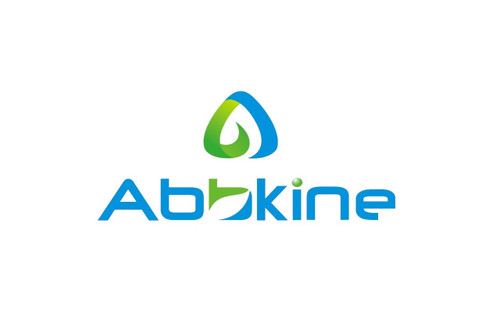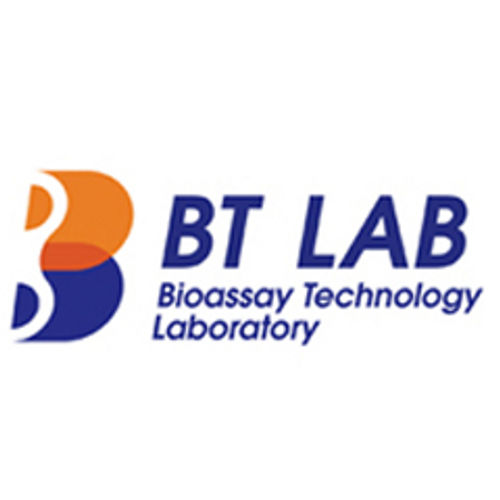Product Description
Human Epidermal growth factor receptor 2 (sp185/HER2) ELISA Kit | AE61158HU | Abebio
Species Reactivity: Human (Homo sapiens)
Abbreviation: ERBB2
Alternative Name: CD340; HER-2; HER-2/neu; HER2; NEU; NGL; TKR1; c-erb B2/neu protein|erbB-2|herstatin|neuroblastoma/glioblastoma derived oncogene homolog|v-erb-b2 avian erythroblastic leukemia viral oncogene homolog
Application: ELISA
Range: 0.625-40 ng/mL
Sensitivity: 0.257 ng/mL
Intra-Assay: ≤6.0%
Inter-Assay: ≤11.2%
Recovery: 1, 05
Sample Type: Serum, Plasma, Other biological fluids
Detection Method: Sandwich
Analysis Method : Quantitive
Test Principale: This assay employs a two-site sandwich ELISA to quantitate ERBB2 in samples. An antibody specific for ERBB2 has been pre-coated onto a microplate. Standards and samples are pipetted into the wells and anyERBB2 present is bound by the immobilized antibody. After removing any unbound substances, a biotin-conjugated antibody specific for ERBB2 is added to the wells. After washing, Streptavidin conjugated Horseradish Peroxidase (HRP) is added to the wells. Following a wash to remove any unbound avidin-enzyme reagent, a substrate solution is added to the wells and color develops in proportion to the amount of ERBB2 bound in the initial step. The color development is stopped and the intensity of the color is measured.
Product Overview: epidermal growth factor receptor 2 is a member of the epidermal growth factor (EGF) receptor family of receptor tyrosine kinases. This protein has no ligand binding domain of its own and therefore cannot bind growth factors. However, it does bind tightly to other ligand-bound EGF receptor family members to form a heterodimer, stabilizing ligand binding and enhancing kinase-mediated activation of downstream signalling pathways, such as those involving mitogen-activated protein kinase and phosphatidylinositol-3 kinase. Allelic variations at amino acid positions 654 and 655 of isoform a (positions 624 and 625 of isoform b) have been reported, with the most common allele, Ile654/Ile655, shown here. Amplification and/or overexpression of this gene has been reported in numerous cancers, including breast and ovarian tumors.
Stability: The stability of ELISA kit is determined by the loss rate of activity. The loss rate of this kit is less than 5% within the expiration date under appropriate storage condition. The loss rate was determined by accelerated thermal degradation test. Keep the kit at 37°C for 4 and 7 days, and compare O.D.values of the kit kept at 37°C with that of at recommended temperature. (referring from China Biological Products Standard, which was calculated by the Arrhenius equation. For ELISA kit, 4 days storage at 37°C can be considered as 6 months at 2 - 8°C, which means 7 days at 37°C equaling 12 months at 2 - 8°C) .
 Euro
Euro
 USD
USD
 British Pound
British Pound
 NULL
NULL












